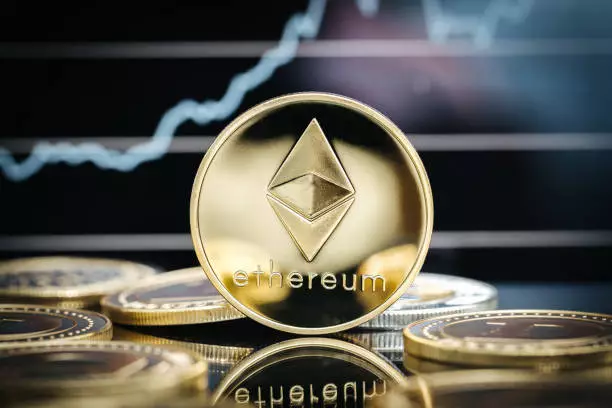The emergence of Linea marks a pivotal shift in Ethereum’s development trajectory, transcending the typical narratives of hype and speculation. Unlike superficial layer two solutions, Linea is strategically designed to serve as the backbone for genuine economic activity within the Ethereum ecosystem. Its architecture marries speed, cost-efficiency, and security, demonstrating that scalability can be achieved without compromising the core principles of decentralization and security that ETH stands for. While many projects focus on catching fleeting trends, Linea’s focus on building sustainably innovative infrastructure is commendable. It signals a maturing ecosystem—one that prioritizes long-term utility over short-term gains.
This transition is reinforced by tangible liquidity metrics, with over a billion dollars locked in Total Value Locked (TVL) and significant stablecoin inflows, reflecting real economic confidence. These figures aren’t inflated vanity metrics but actual commitments of capital to the network, indicating that the ecosystem’s infrastructure is gaining credibility among traditional investors and institutional players. The built-in mechanisms like buyback and burn protocols tie protocol revenue directly to network health, aligning incentives and fostering a sustainable environment for both users and developers.
Bridging Innovation with Accessibility and Security
What sets Linea apart from its competitors is its commitment to creating a developer-first environment that doesn’t sacrifice security for performance. Powered by zkEVM technology, Linea offers low gas fees and high throughput while maintaining the integrity of ETH’s security guarantees. This blend of features makes it an attractive playground for developers eager to craft next-generation decentralized applications without the usual friction points or security concerns. It signals a new era where blockchain innovation becomes more accessible, scaling seamlessly for mainstream adoption.
The seamless integration with popular wallets like MetaMask and plans for strategic launches such as potential airdrops demonstrate that Linea is not just a technical marvel but also a community-oriented ecosystem. The fact that institutional investors like SharpLink are pouring hundreds of millions into it underscores its credibility as an infrastructure for regulated, verifiable on-chain treasuries—a crucial development in the mainstreaming of Web3.
Institutional Endorsement Signals a Paradigm Shift
One of the most compelling indicators of Linea’s upcoming influence is its ability to attract institutional adoption at an unprecedented scale. The deployment of $200 million in ETH on LineaBuild by a publicly traded company exemplifies a new chapter for Ethereum—where the ecosystem is viewed not merely as a speculative playground but as a viable, regulated environment for serious capital allocation. The use of secure custody solutions like Anchorage and infrastructure like EigenLayer’s EigenCloud signifies that the industry’s more conservative, regulated investors are now engaging directly with ETH-based digital assets.
This transition from retail hype to institutional legitimacy hints at Ethereum’s evolution into a resilient financial infrastructure. It challenges the remaining skeptics, emphasizing that Ethereum’s scalability solutions like Linea are critical for the blockchain’s mainstream entrenchment. As the platform continues to attract serious capital, the narrative of blockchain as a tool for innovation, security, and regulation becomes increasingly undeniable.
While skeptics may remain cautious, the sheer momentum—driven by technological excellence and strategic institutional integrations—underscores that Ethereum’s future today is being shaped in concrete, impactful ways. Linea’s rise exemplifies a belief in the real-world utility of blockchain that centers on stability, security, and scalability—not just hype and speculative bubbles.

